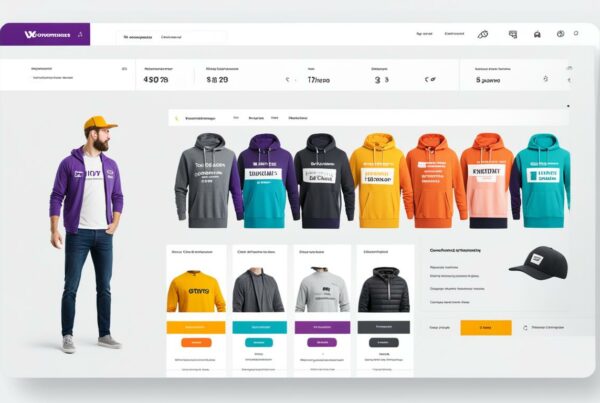The tables are turned.
It used to be that ‘Native’ apps (the traditional kind, downloaded from an app store and stored on your device) had distinct advantages over web apps but with the development of Progressive Web Apps, that has all changed.
Native apps
What gave native apps the edge was unique functionality. They were built from the ground up to be compatible with the specific platform of each mobile phone, whether Android, Apple or Windows. So, native apps could integrate GPS and maps, camera and picture gallery functions, allowing users to share videos and photos, navigate and share locations with friends.
All these advantages worked well for the users and they caught on quickly. Businesses soon spotted the potential of another feature of native apps: push notifications. The ability to send messages to your app user’s device, even if they haven’t launched the app? Irresistible! From inviting the user to install crucial app updates, to advising that an email has arrived, or a comment has been made on a social media post, it then was used to alert that a merchant had a summer sale, with 10% off blue trousers, or even the app developers pushing the user to upgrade to the paid, premium version. In short, they allowed in-app monetization, including sending ads direct to each user. Crucially, users who receive push notifications will open your app on average 88% more, depending on the category: the figures range from a massive 278% for e-commerce sites to 34% for Health and Fitness apps.
All good so far. The downside was and is that, because native apps need to be completely downloaded onto the device, they quickly take up storage space as they accumulate. Also, each update and new-feature add sent to each app increases its file size, thus incrementally eating away even more at storage space. Developers can send bug fixes, security patches and app improvements to be downloaded but they haven t worked out how to send you more storage capacity! You can get a new device but it’s a temporary fix: as the storage capacity of phones increases with each new model, so does the quantity of must-have apps and the space and resources each one requires.
But it’s not just storage space – native apps have become so sophisticated that they greedily guzzle CPU resources and battery power to maintain performance. Many of them run in the background, invisibly degrading processor capacity and battery life, even when not in use. Symptoms include lag, slow response, freezing and eventually crashing.
Have a quick count of the apps you have on your phone (the average is between 60 and 90 in the UK, including pre-installed) and you can deduce the sort of cumulative effect they have on your phone’s performance.
Also, native apps are developed for specific platforms: developers need to build separate versions for Android, Apple and Windows phones.
But these aggravations were considered a necessary price to pay for the conveniences that native apps could deliver, compared to the limitations of Web apps.
Web-based Apps
Web apps, of course, were not suited to the mobile phone environment. Primary problem was connectivity: move out of coverage and the web app stops working. They couldn’t send push notifications. Another major downside was that, because they were stored remotely and accessed via the device’s browser, they had limited compatibility with the gadgets on the phone: camera, GPS, etc.
If the user has an ad-blocker activated on their browser, there goes any chance of monetization.
They had plus points, sure: based on a web server, they don’t take up space on your phone. You never have to download them from an App Store for the same reason. They work on any platform, because they are accessed via your browser.
But native apps had the edge.
If only technology could deliver all the benefits of both with none of the downside of either…
Enter the Progressive Web App (PWA)
Responsive web design led to the development of Progressive Web Apps (PWA).
Responsive websites were made to work and render equally well on whatever device or size of screen. Progressive technology then added a shed load of positive attributes:
· Connectivity independent – works without an internet connection, like a native app BUT
· Is not downloaded – stored remotely, like a web app
· Launch icon added to Home Page, like a native App
· Push notifications are enabled
· Behaves like an app with fast interactions and animations
· Can integrate GPS and maps, camera and picture gallery functions, like a native app
· Instant updates across all compatible devices.
· Secure: always and only ever connect via an HTTPS URL
· Discoverable by Google as a website
· Easy to distribute easily via just sharing URL
· Easy to install via web browser – not via App Store
Progressive Web Apps, then, deliver the whole package – the best of both worlds, via responsive and progressive technology. They deliver the best of both worlds, with the advantages of web and native apps rolled into one. They are better for the users and the owners, as they combine ease of use with features such as push notifications, keeping the business in touch with the user.
Get the Edge
Google recognises this and logs the improved user engagement a PWA brings (reduced bounce rate, increased return visits). The HTTPS connection gains extra gold stars from Google, the gatekeeper of SERPS. It promotes your PWA over your competitors, who are still using a traditional website and a native app.
The Time Has Come
If you would like to leverage the potential of PWAs to transform your business, get in touch today. We have been building apps and websites for 20 years and we lead the way in developing PWAs.
Internet Creation Ltd. specialises in Web Design & Development, Graphics Design and Digital Marketing (SEO & PPC). For more information on how we can help your business, email [email protected].





